| |
| |
|
用辐射照度计算辐射强度
Radiant Intensity Calculation Using Irradiance Measurement
| The Radiant intensity (I) of a (point like) source can be obtained by measuring the Irradiance (E) in a certain distance. Afterwards the inverse square law has to be used to convert the Irradiance into Radiant intensity. The distance d between the measuring plane and the source has to be measured before. |
| The following figure shows the set up. |
 |
|
Some conditions have to be matched to get a precise result:
- The distance between the light source and the measuring plane has to be at least 10 times the diameter (or largest illuminating dimension) of the light source to get a measuring error below 1 %.
- The Luxmeter has to be positioned exactly in line with the centre of the light source. If a specbos 1201 or 1211 in Irradiance mode is used, the alignment can be done using the target laser in Radiance mode and attaching the diffusor after alignment.
- Stray light has to be avoided using appropriate apertures between source and measuring probe (see the figure above).
- The measurement of the distance has to be the more precise the smaller the distance d. It is measured from the top of the light source to the reference plane of the Luxmeter. If this plane is not known, the front plane of the diffusor can be used.
|
| The Inverse square law reads as follows: |
 |
|
It can be used for the radiometric (E,I), photometric (Eν,Iν) or spectral data (E(λ),I(λ)).
|
|

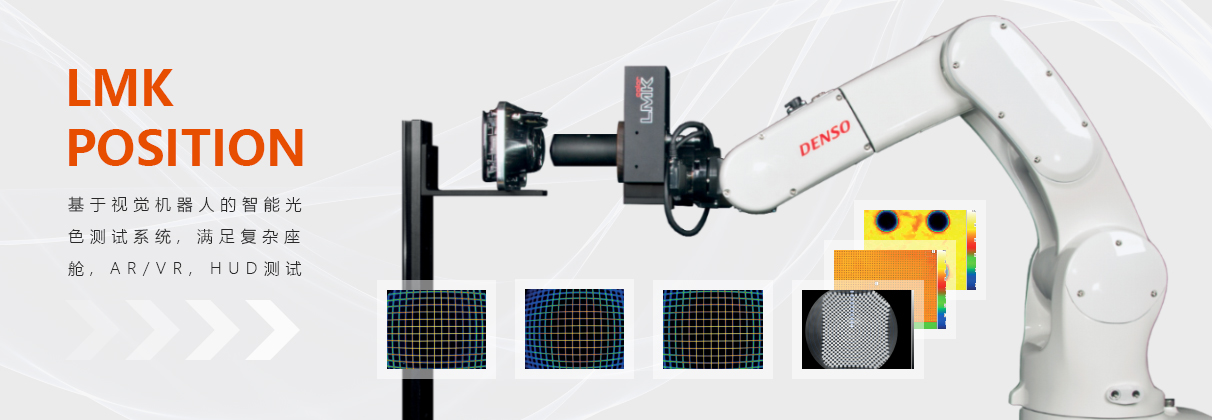

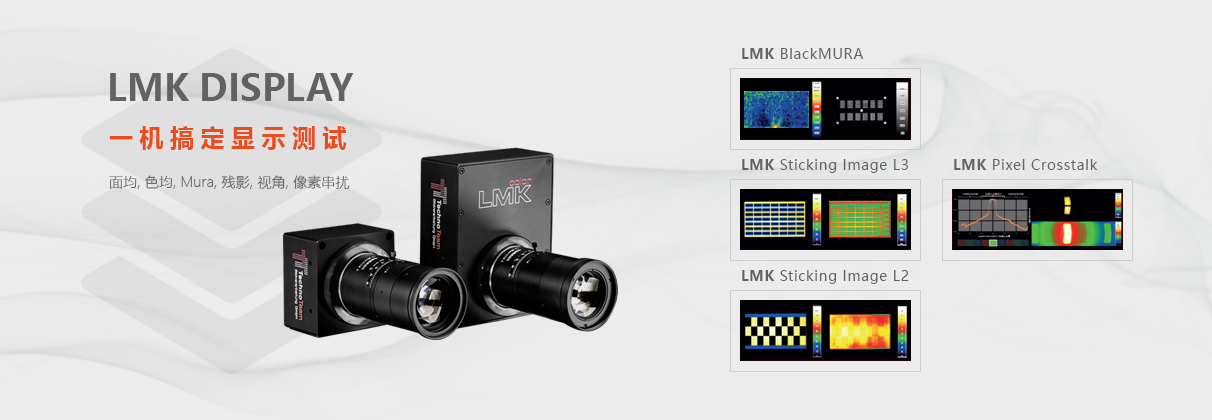
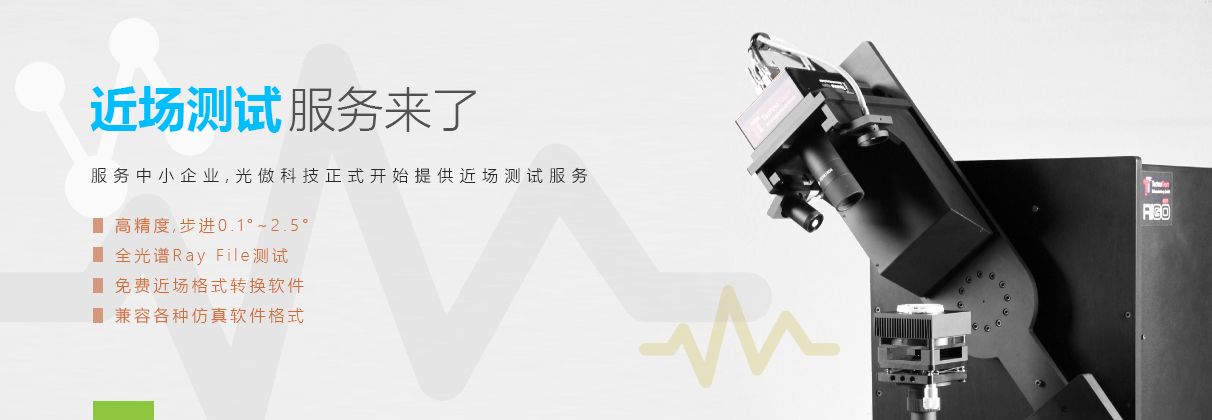
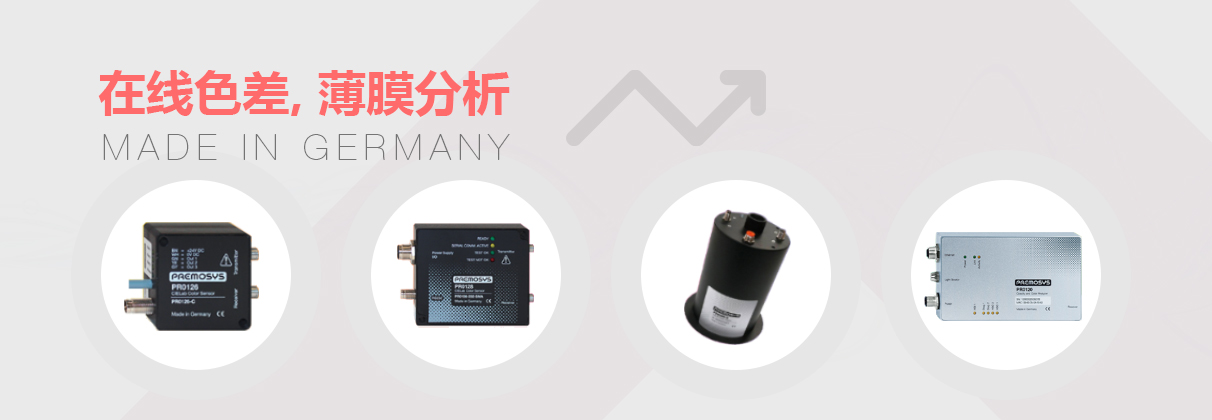
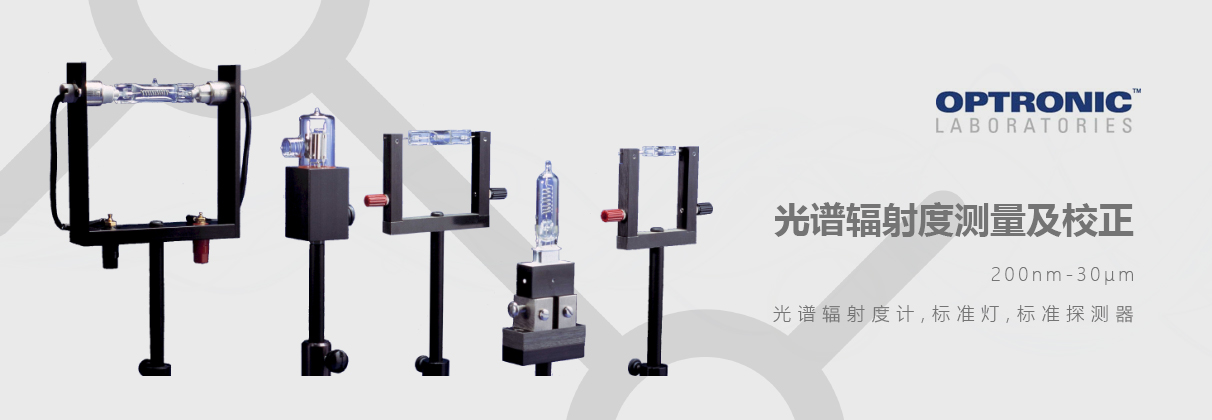
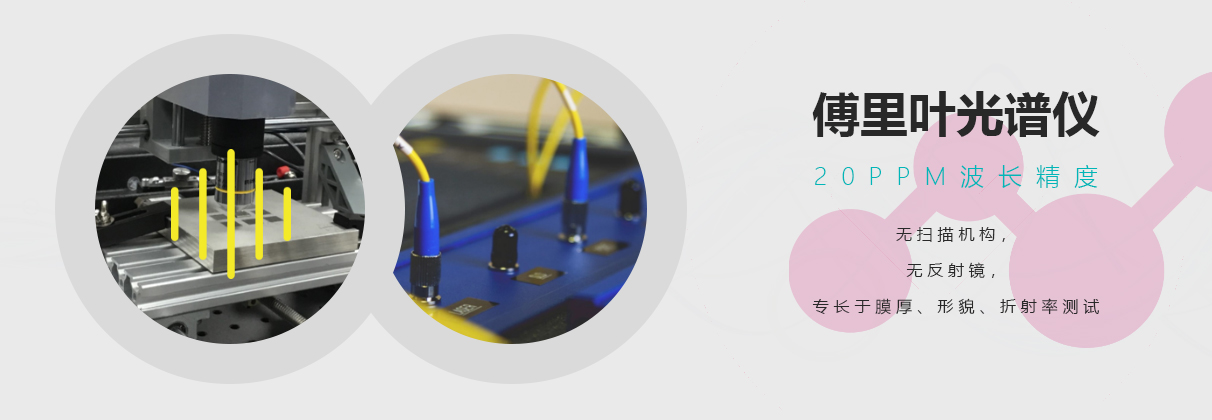
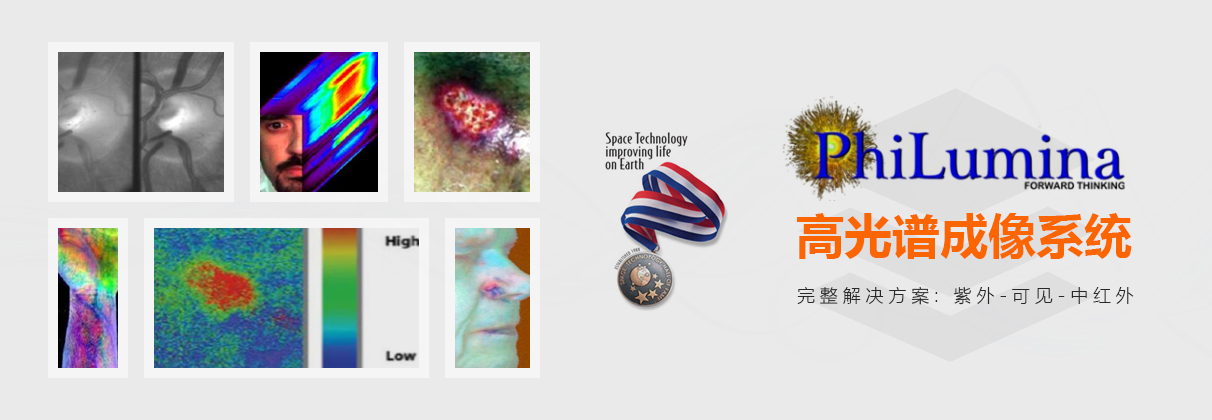
 解决方案
解决方案 计量校正
计量校正 辐射度计校正
辐射度计校正







